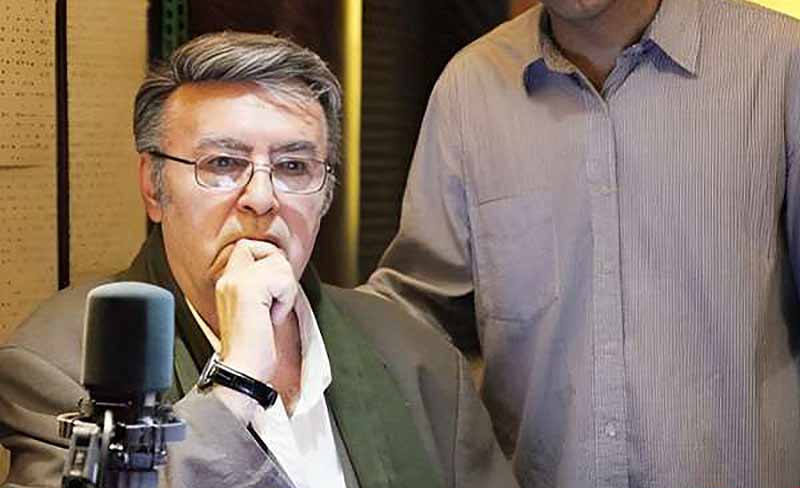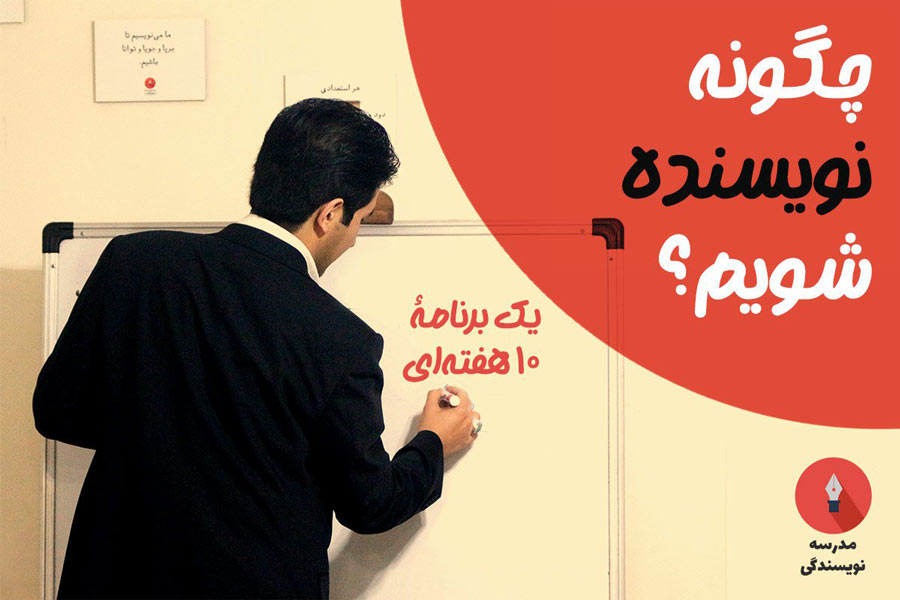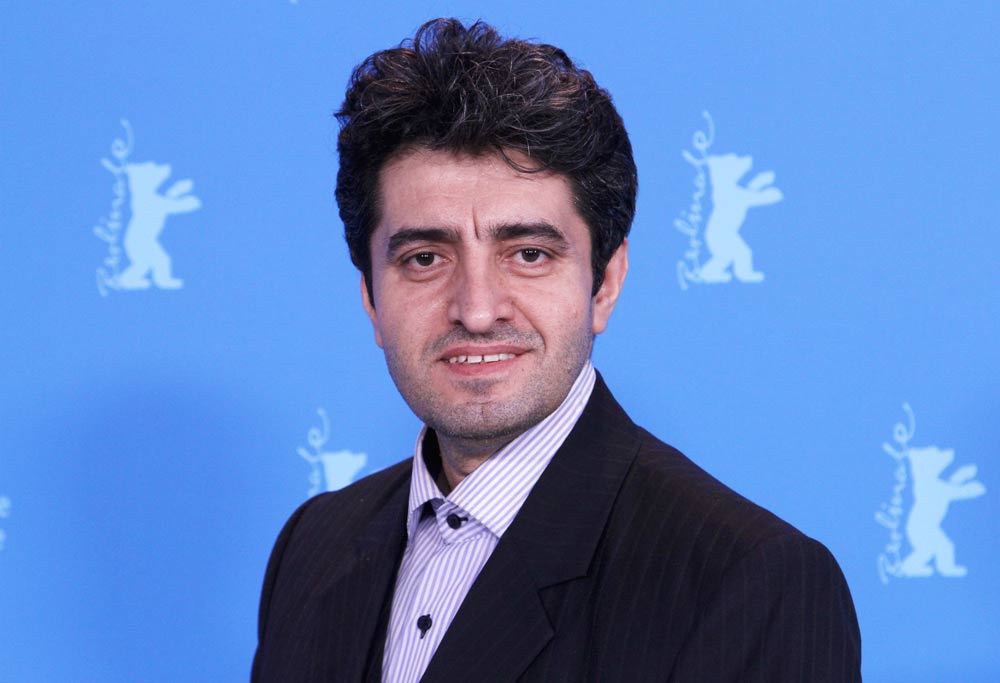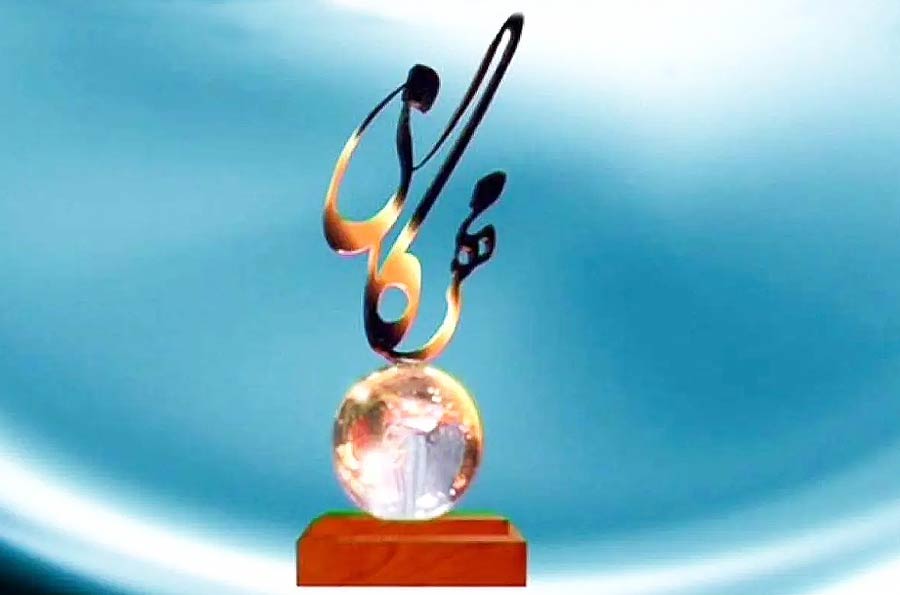The man who modernized Iranian dubbing

The set of performance that “Nasser Tahmasb” carried out in the two fields of individual innovation and training students during his 6 decades of professional activity, caused the dubbing industry of Iran to go through a period of transition from traditional to a stage in accordance with world standards very soon. This performance caused dubbing in Iran to witness a significant growth along with other arts such as cinema, music, painting, etc.
According to Artmag.ir, Nasser Tahmasb‘s position in the country’s dubbing industry is unattainable and prominent because he had a great contribution in accelerating the transition of traditional dubbing to international standards in this field.
The late Nasser Tahmasb, appeared in a period when there was no deep understanding of the art of dubbing. Everything was done in a traditional way and the prevailing idea of dubbing was simply speaking instead of a character.
With his arrival, the art of dubbing in Iran changed in two ways: firstly, he had a beautiful voice, which caused only those who had beautiful, abstract and different voices to engage in dubbing. Second, there were innovations that Master Nasser Tahmasb introduced in the art of Iranian dubbing, which soon became popular in the general field of this art.
The kind of initiatives of Nasser Tahmasb, in a way, in the dubbing metatext, helped to complete that character in the film.
Before starting the dubbing, he would watch and review the movie once, and he would get into the narrative atmosphere of the story and the role of the character he wanted to speak for him, in the overall story. Then, based on such sentiments, he tried to give a metatextual identity to that character and make it more tangible for the audience.
Such individual initiatives caused the preliminary dubbing that was done in Iran to be closer to its professional and specialized form very soon.
With the spread of this innovative model among other dubbers, the dubbing industry in Iran soon went through its transition period and reached a professional process.
Another manifestation of dubbing specialization in the country was the increase in the number of lovers of this industry and their training by masters such as the late Naser Tahmasab. For this reason, the population of dubbing activists in the country increased, and this caused more different tastes and voices to enter this industry and a good diversity was seen in this field.
The collection of these factors was the result of creativity that Master Nasser Tahmasb, at the head of a generation that was the golden generation of dubbing, popularized. The incident which, of course, continued after the victory of the Islamic Revolution and caused dubbing in Iran, within a short period, to take a professional path in accordance with the common world standards and to grow along with the growth of arts such as cinema, music, painting, etc. and bring good achievements for this branch of Iranian art.
With this performance, in the early years of his career, Tahmasb succeeded in taking the dubbing process in Iran out of its traditional form and giving it a deep identity that grew along with the dubbing industry in countries with a cinema industry, and this is important, much earlier. It was done from the process of domestic film productions and its presentation to global markets.
Naser Tahmasb, died in a situation where he has left behind a brilliant performance during 6 decades of professional activity. From his collection of dubbings, which is always a good classroom for those interested in this field, to the training of students who were able to become professors in this field at any historical moment.
This process continued until the last years of Naser Tahmasb‘s life, and this can be the best achievement for an artist who, if not the best doubler in the history of the country, is definitely considered one of the few lasting doublers, author and master of style in the history of this branch.
This kind artist thanked and appreciated the editorial team at the time of setting up his dedicated page on the Artmag.ir portal. Peace be upon him.











